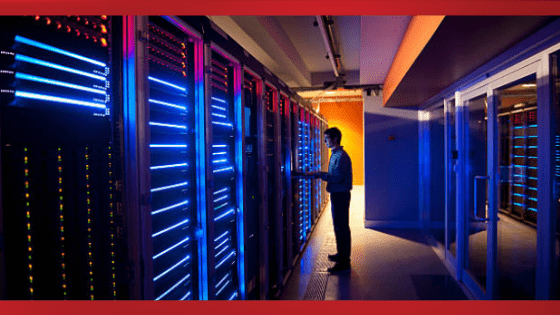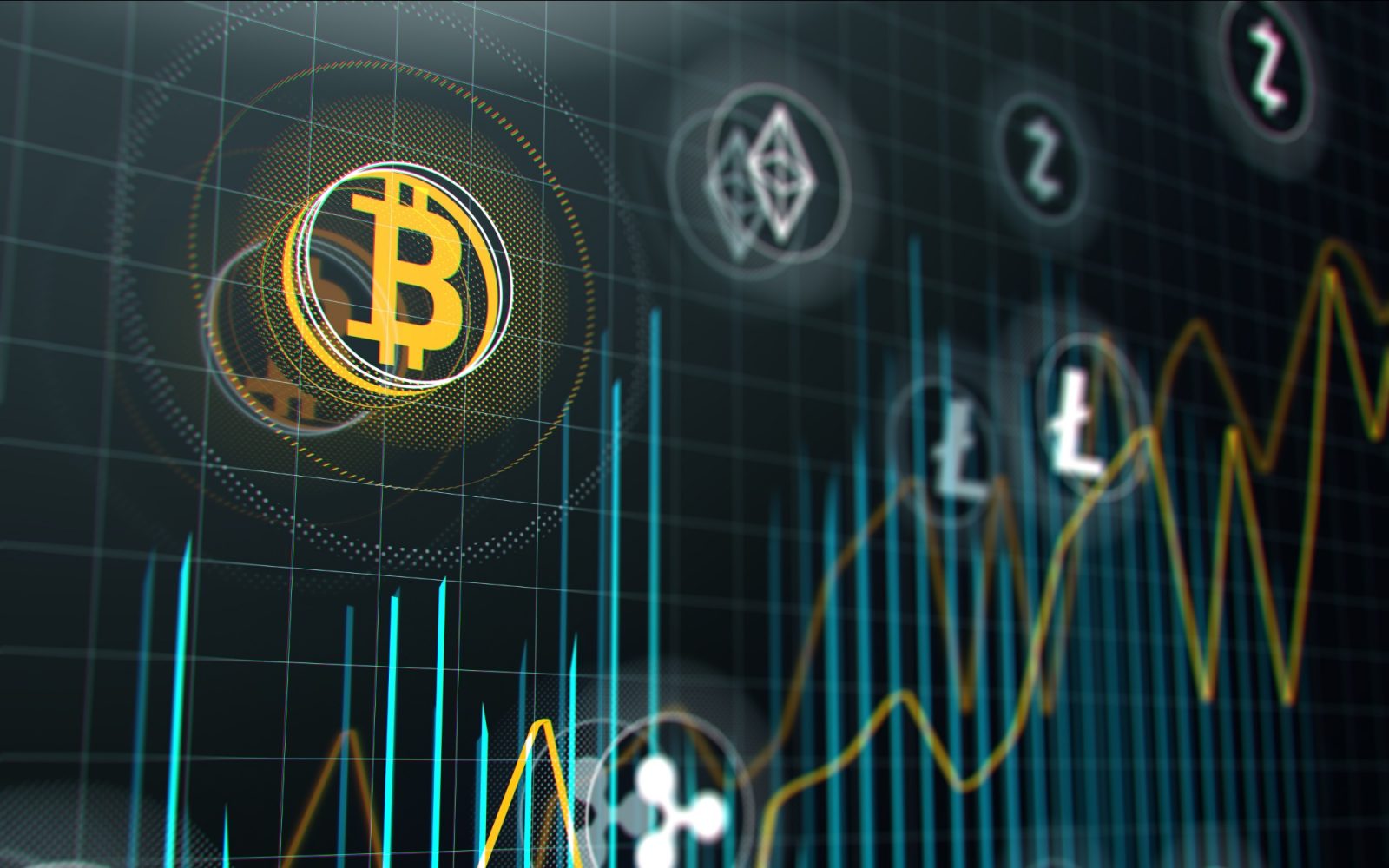Marketing Tips
How Emoji Replace Regular Messages
In the digital age, communication has undergone a remarkable transformation. With the rise of instant messaging and social media platforms, people now have numerous ways to express themselves and convey emotions through text. One such phenomenon that has become increasingly popular is the use of emojis. These small digital icons, resembling smiley faces, animals, objects, and more, have revolutionized the way we communicate online. In this article, we will explore how emojis have replaced regular messages and have become an integral part of modern digital conversations.
First and foremost, emojis add a layer of emotion and nuance to text-based communication. Before the widespread use of emojis, it was often difficult to accurately convey emotions through plain text. Words alone could sometimes be misinterpreted, leading to misunderstandings or miscommunication. However, with the advent of emojis, people can now easily express their feelings and intentions. By using a simple heart emoji, for example, one can instantly communicate love, affection, or gratitude without the need for lengthy explanations.
Moreover, emojis have become a universal language that transcends cultural and linguistic barriers. While spoken languages may differ, emojis provide a visual means of communication that is understood by people worldwide. A simple thumbs-up emoji can indicate agreement or approval, regardless of the recipient’s native language. This universality has contributed to the widespread adoption of emojis and their integration into various forms of digital communication.
Another significant aspect of emojis is their ability to enhance the brevity and efficiency of messages. In today’s fast-paced world, time is of the essence, and people often prefer concise and straightforward communication. Emojis allow individuals to convey complex emotions or ideas in a single character, saving both time and effort. For instance, instead of typing “I’m excited about our upcoming trip,” one can simply use the plane emoji to express their anticipation. This convenience has made emojis a popular choice for quick exchanges and informal conversations.
Additionally, emojis have brought an element of creativity and self-expression to digital communication. With the vast array of emojis available, individuals can personalize their messages and add a touch of their own personality. Whether it’s a copy and paste emoji of a favorite animal, a heart emoji to express affection, or a playful face to indicate humor, emojis provide a means to infuse conversations with individual style. This creative aspect has transformed the way we interact online, making conversations more engaging and enjoyable.
However, it is worth noting that while emojis have their advantages, they also come with certain challenges. One of the main concerns is the potential for misinterpretation. As emojis can be subjective and open to interpretation, their meaning may vary from person to person. What one individual perceives as a friendly gesture, another may interpret as sarcasm or insincerity. This ambiguity can sometimes lead to misunderstandings or unintended consequences. Therefore, it is crucial to exercise caution and consider the context when using emojis in communication.
In conclusion, emojis have revolutionized the way we communicate in the digital age. These small icons have replaced regular messages by adding emotion, bridging cultural gaps, and enhancing brevity and creativity in conversations. As the world becomes increasingly connected through technology, emojis have become an essential tool for expressing ourselves and connecting with others. So, the next time you send a message, don’t forget to sprinkle it with a copy and paste Emoji or a heart emoji to add that extra touch of meaning and emotion.














